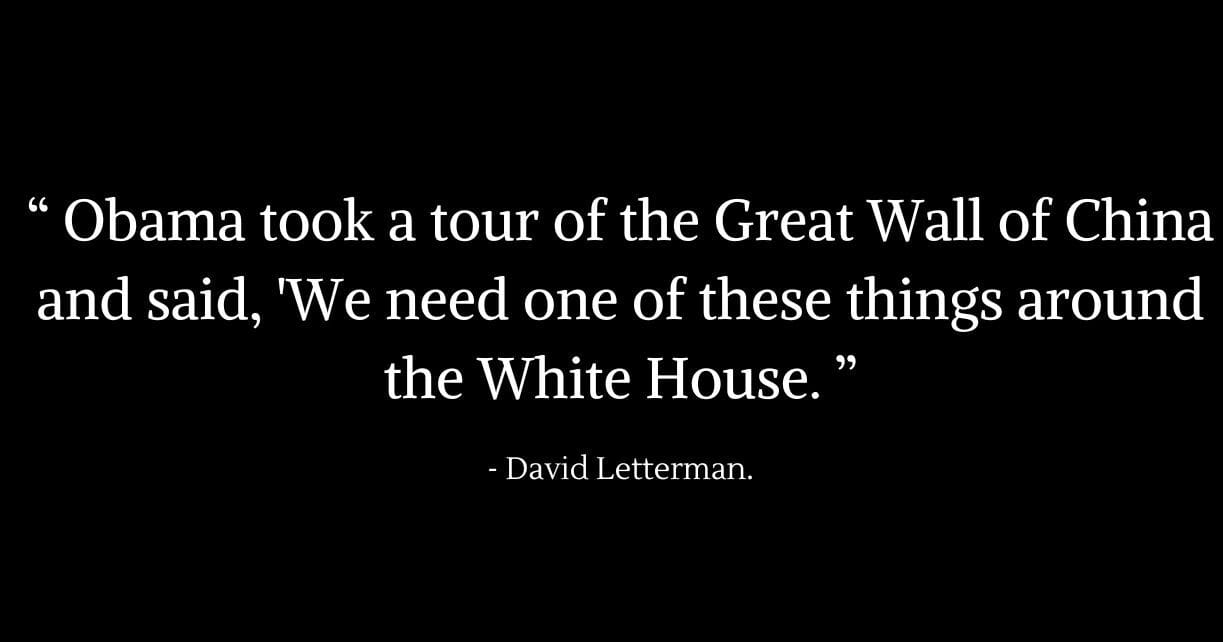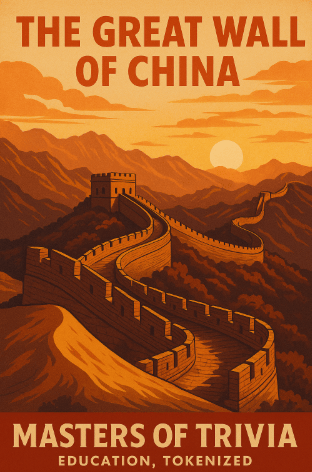- KRONIKL
- Posts
- 2,000 Years of Fortification
2,000 Years of Fortification
A Hidden Stretch of the Great Wall Was Found on this Day in 1998
Dear Reader,
It’s Monday, November 3, 2025. I am Dom Einhorn, your lead curator, and here are your insights into what makes this day in history relevant today. First time reading? Join our community of intellectually curious readers who explore the history behind every day. [Sign up here]
Spread the word: Share this email with friends (copy URL here).

BROUGHT TO YOU BY…
Throughout history, trivia has always been more than a game.
In ancient Greece, scholars tested each other’s wit in symposiums. In 12th-century Baghdad, thinkers debated questions in bustling libraries. Even in medieval Europe, monarchs used riddles and logic games to assess the sharpness of their advisors.
Today, a new chapter in that centuries-old tradition is being written, one that blends human curiosity with cutting-edge Web3 technology.
We’re proud to announce the launch of the MOT Token on GeckoTerminal, the official utility token of the Masters of Trivia platform. Built on the Solana blockchain and backed by a thriving global community of over 200,000 players, MOT is the first step in transforming trivia into an economic, educational, and social engine for the 21st century.
👉 The Token is now live on DEX (decentralized exchanges): secure them tokens early: See MOT Token »
👉Marquee Event
On November 3, 1998, archaeologists announced the discovery of a previously unknown 15.5-mile (25-km) segment of the Great Wall of China in the Ningxia Hui Autonomous Region. This new stretch, buried under centuries of sand and dust, reaffirmed the Wall’s astonishing reach, spanning over 4,500 miles (7,300 km) across China.
The discovery not only added length to one of the world’s most famous monuments, but also shed light on previously undocumented sections built during lesser-known dynasties and defensive campaigns.
📌 Why This Matters
The Great Wall isn’t a single continuous barrier—it’s a vast network of fortifications, watchtowers, trenches, and natural barriers constructed over 2,000 years, from the Warring States period through the Ming Dynasty. Originally designed to defend against northern invasions, it also served as a transport route, signaling system, and psychological deterrent.
This 1998 discovery reinforced that even a monument as famous as the Great Wall still holds hidden chapters of history. The Wall is more than stone and brick—it's a living archaeological puzzle that continues to be studied, debated, and explored.
🎯 How Well Do You Know the Great Wall ?
Despite its iconic status, much of the Great Wall is unmarked and unpreserved. Only about 30% of the Wall still stands in recognizable form. The rest is eroded, buried, or built over—making every new discovery like that in Ningxia a minor miracle.
Even more fascinating? The Wall has sections that were built with tamarisk branches, reeds, and even sticky rice mortar—showing just how adaptive and region-specific its construction was. From deserts to mountains, the Great Wall isn’t just a single marvel; it’s many engineering feats strung together.
👉 Play our Great Wall of China quiz now.
Quote of the Day


Why KRONIKL? Inspired by the timeless concept of chronicles, KRONIKL is dedicated to bringing you the most intriguing, thought-provoking stories from this date. Culture, science, politics, and more — all condensed for a quick, insightful read that connects your present with our past.
*Disclosure: Masters of Trivia is a quiz platform founded by Dom Einhorn and owned by Intelligent Games LLC—the same company that brings you the KRONIKL newsletter.


Reply